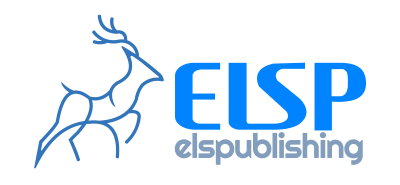Monitoring of ground and building settlements induced by tunneling based on terrestrial LiDAR data: a case study in Singapore
- Volume
- CitationZhang X, Li J, Chian S, Wang Q. Monitoring of ground and building settlements induced by tunneling based on terrestrial LiDAR data: a case study in Singapore. Smart Constr. 2025(1):0003, https://doi.org/10.55092/sc20250003.
- DOI10.55092/sc20250003
- CopyrightCopyright2025 by the authors. Published by ELSP.
Ground and building settlements induced by tunneling excavation are common in cities. Such settlements can cause instability of the ground and threaten the safety of the upper infrastructures or buildings. Hence, it is vital to monitor the settlements during tunnel excavation to identify any potential risk. The current approach for settlement monitoring relies on manual measurements, which suffers from low efficiency and high labor cost. To improve monitoring efficiency, this study presents a settlement monitoring method based on terrestrial LiDAR data, which mainly consists of rough and fine alignment steps. Algorithms are developed to automatically process the 3D point cloud data obtained from terrestrial LiDAR and obtain settlement values for grounds and buildings. The proposed technique was applied and validated in a region with on-going tunneling works in Singapore. Different monitoring strategies including local-scan based method and registration-based method were examined and compared in this case study. Results demonstrated that the local scan-based monitoring method could yield more accurate settlement measurements compared with the traditional survey method. Registration-based method had higher calculation efficiency but with insufficient accuracy. In general, it is demonstrated that the LiDAR based settlement monitoring method is feasible in engineering practice, with measurement errors controlled within 2–3 mm, and has great potential to improve efficiency and reduce labor cost required by the traditional method.
settlement monitoring; terrestrial LiDAR; 3D point cloud; structural health monitoring

 X
X Facebook
Facebook LinkedIn
LinkedIn Reddit
Reddit Bluesky
Bluesky